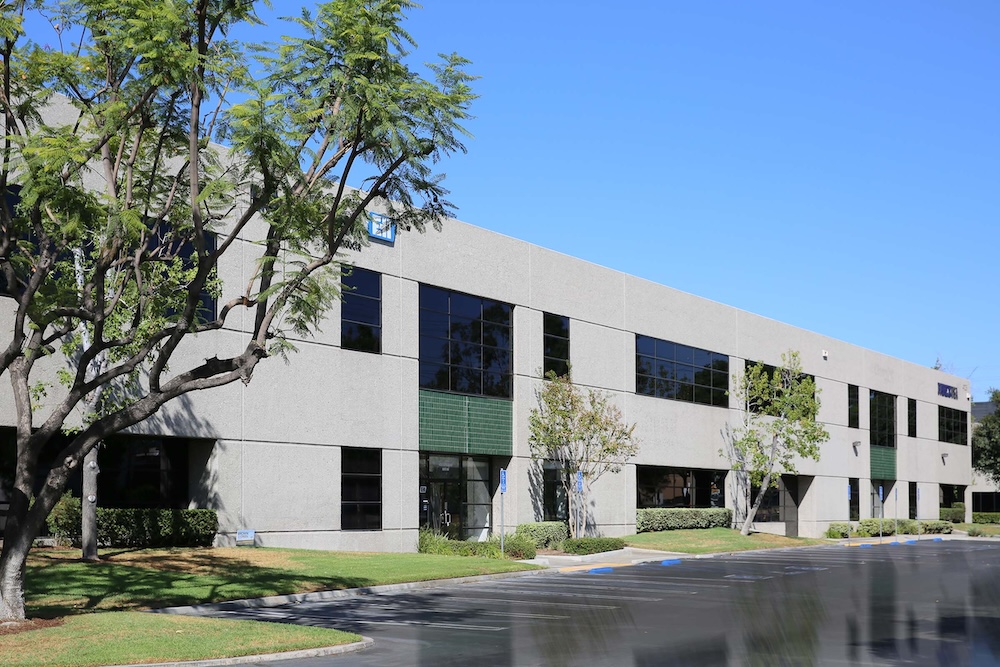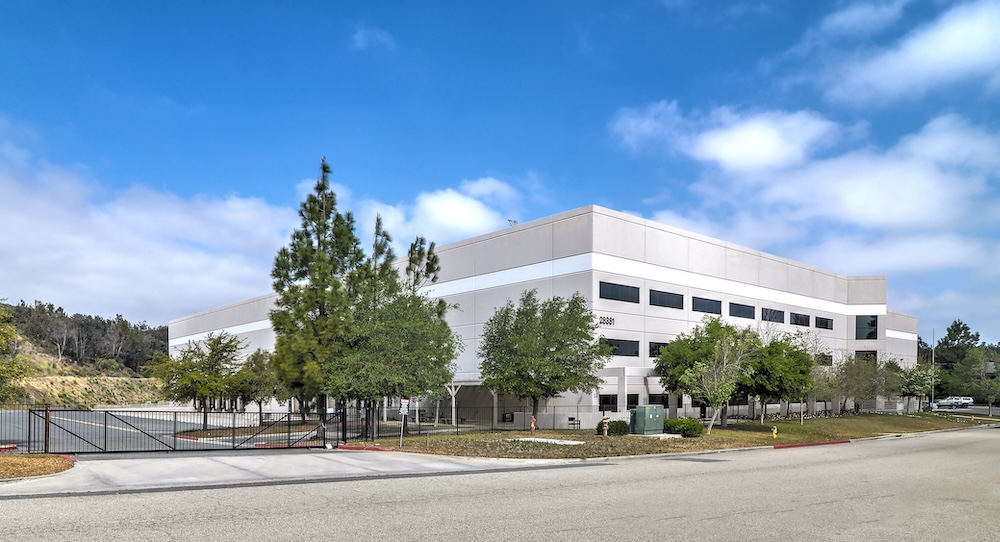This has been one of the most asked questions we get from our prospective owner/user buyers since the SBA 504 mortgage rate peaked at 7.01% back in November of 2023. The answer is: it already has, and it’s about to move even lower in the coming weeks.
Why? It’s all about US Treasury yields; the 10-Year note yield, specifically, which is widely used by commercial property lenders as a benchmark for setting mortgage interest rates. Lenders add a spread over the current yield (usually 150 to 250 basis points depending on property type, location, condition and borrower creditworthiness) to determine the rate. Of course, there are other metrics that figure into the mix, but it is safe to say there is a strong correlation between mortgage rates and the yield on the 10-year note. So, if you want to know where rates are headed, a good short-cut is to keep an eye on it.
As luck would have it that yield just took a nose dive as August began. A major wink and a nod about a September rate cut from Fed Chairman Jerome Powell on July 31st, followed by a weak July jobs report, sent stocks and bond yields sharply lower. Last week the 10-year yield fell under 4% for the first time since February to just 3.79% That may not bode well for the overall economy, which is definitely showing signs of fatigue, but it’s good news for mortgage rates. The SBA 504 rate for July was 6.2%, but we expect it to fall into the high-5% range when the SBA announces its rate for August later this week.

What does this mean to the local owner/user sale market? Demand will increase and that will be welcome news to the commercial property sector, as demand has been hampered by rising mortgage rates for the past two years. But, available supply slowed down, too, as current owner/users became reluctant to give up their existing mortgages (many in the low-to-mid 3% range) to acquire alternate facilities. Interestingly, this simultaneous decline in supply and demand has kept pricing near the market peak. That has made it even more difficult for buyers who are forced to pay a premium price and borrow at a premium rate at the same time. It’s no wonder that many would-be owner/user buyers have all but given up on the idea of owning their own facilities.
However, if our predictions about rate declines prove correct, things could change and change fast. With mortgage rates back in the high 5% range, a psychological barrier will be broken and demand will spike, as buyers see a window of opportunity to get back in the game. But without a corresponding increase in supply, we are likely to see another price spike that could negate the lower debt servicing costs that come with lower rates. Potential sellers will be pleased by such news and we just might see a welcome surge in supply, especially from current owner/users who are close to retiring and looking to cash out at a market peak rather than face the possibility of a market correction if the Fed’s attempt at a soft landing fails.
None of us knows exactly how things are going to go, but history has proven that property values for owner/user properties are driven by mortgage interest rates, as controlling occupancy cost is a primary driver of owner/user sales. So, if rates do indeed move lower, demand should pick up. Thus, if you are a prospective purchaser, the time to line up your options is now. Get out in front of it rather than wait for it to run you over. It cost nothing to learn the market, get pre-qualified for a loan and look at what’s out there in terms of available inventory. Though it’s impossible to precisely time any market, being ready to execute will increase your chances of a successful acquisition.

If you are a potential seller, you also need to be ready to make your move. If demand picks up as we expect, you will be in the driver’s seat, at least at the outset. But, if too many property owners head for the exits at once, pricing could move lower, especially for properties that are older and have one or more elements of functional obsolescence. Make sure your estate planning strategy is up-to-date and takes into account the scheduled sun-setting of the estate tax exemption threshold (Click here to see last week’s post on this topic). Also, look at all exit strategies and pick the one that is best for you, even if it means you have capital gains taxes to pay. Our experience tells us that property owners don’t sell for two main reasons: they refuse to suffer the tax consequences or they don’t know what to do with the money when they get it.
Many options are available to you. There is more to choose from than simply cashing out or exchanging. Do your research and find out what path best fits your unique circumstances. The price of getting informed is next to nothing. The price of making a poor choice could be astronomical. We are here to help you study your options and determine how your real estate figures into the equation. Just give us a call.


Leave a Reply
You must be logged in to post a comment.